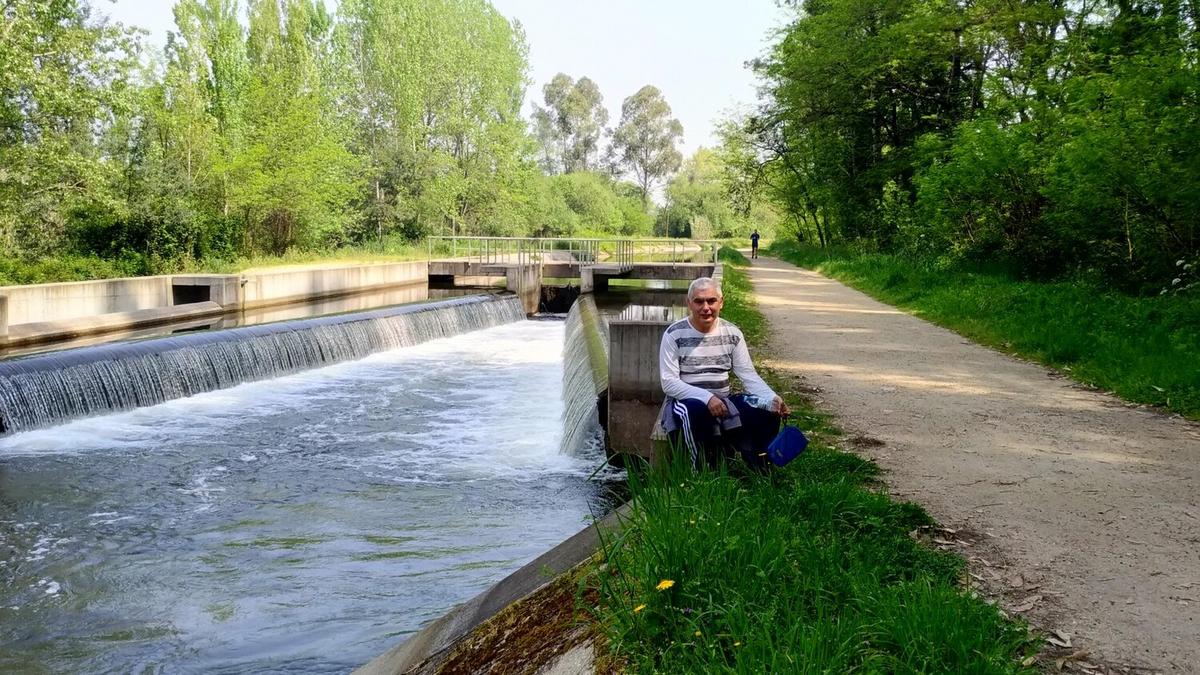
Hydropower in the 21st Century: Challenges and Opportunities
Hydropower has been a cornerstone of renewable energy for decades, offering a reliable and sustainable source of electricity. As we move further into the 21st century, this traditional form of energy faces both new opportunities and challenges that could shape its future role in the global energy landscape.
The Current State of Hydropower
Hydropower has long been celebrated for its ability to generate clean energy by harnessing the power of flowing water. According to the International Energy Agency, hydropower accounts for approximately 16% of the world’s electricity production, making it the largest source of renewable energy globally. This widespread adoption is largely due to its efficiency and ability to provide a stable energy supply.
Challenges Facing Hydropower
Despite its benefits, hydropower is not without its challenges. One significant issue is the environmental impact, particularly on aquatic ecosystems. The construction of dams can disrupt local wildlife and alter natural water flow. Additionally, the need for large reservoirs can lead to the displacement of communities. Climate change also poses a threat, as changing precipitation patterns can affect water availability and, consequently, energy production.
Expert Opinions
Dr. Emma Li, a renewable energy specialist, notes, “While hydropower remains a vital component of our energy mix, it is crucial to address its environmental impacts through innovative solutions and regulations that prioritize sustainability.”
Opportunities for Growth and Innovation
Despite these challenges, there are significant opportunities for growth in the hydropower sector. Technological advancements are paving the way for more sustainable practices. For example, the development of small and micro-hydropower systems allows for energy generation in less invasive ways, minimizing environmental disruption.
Personal Example
Consider the case of a small town in Norway that implemented a micro-hydropower system, significantly reducing its carbon footprint while maintaining local biodiversity.
| Country | Hydropower Capacity (GW) | Percentage of National Energy |
|---|---|---|
| China | 356 | 20% |
| Brazil | 109 | 64% |
| USA | 103 | 6% |
| Canada | 81 | 59% |
| India | 50 | 13% |
| Russia | 47 | 18% |
| Norway | 33 | 95% |
| Japan | 21 | 8% |
Actionable Tips for Future Development
- Invest in research and development for sustainable hydropower technologies.
- Implement policies that encourage the use of micro-hydropower systems.
- Engage local communities in planning to minimize displacement and environmental impacts.
Conclusion
In summary, while hydropower continues to be a vital part of the renewable energy landscape, addressing its environmental and social challenges is crucial for its continued success. By embracing innovative technologies and sustainable practices, hydropower can remain a key player in the quest for a cleaner, more sustainable energy future.
FAQs
What is hydropower?
Hydropower is a form of renewable energy that generates electricity by using the flow of water.
Are there environmental concerns associated with hydropower?
Yes, the construction and operation of hydropower plants can impact aquatic ecosystems and require careful management.
Can hydropower systems be sustainable?
Yes, with advancements in technology and sustainable practices, hydropower can be developed in a way that minimizes environmental impact.


